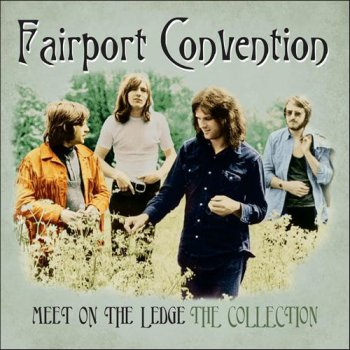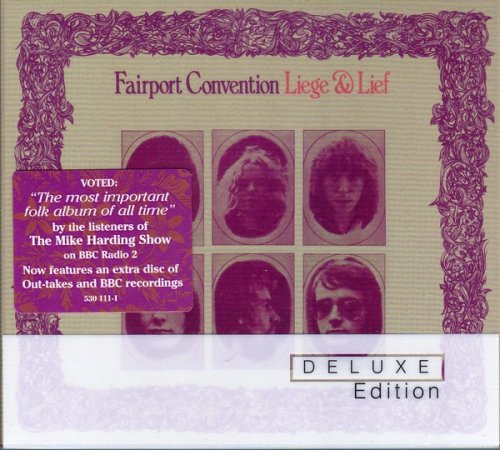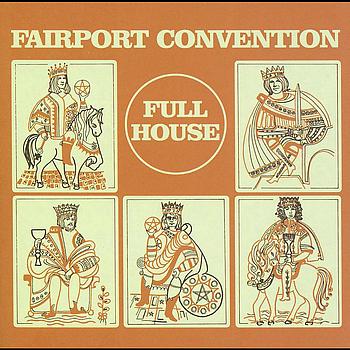Sly & The Family Stone – Original Album Classics (2010) 5CD
Artist: Sly & The Family Stone Title Of Album: Original Album Classics Year Of Release: 1967-71/2010 Label (Catalog#) :Epic,Sony Music,Legacy 88697770802 Country:: USA Genre: Funk, Soul, Psychedelic Rock Quality: FLAC (*image + .cue,log) Bitrate: Lossless Time: 04:41:29 Full Size: 1.79Gb(+3%)(covers) Info: wiki Upload: xfile.cloud

Sly & The Family Stone – Original Album Classics (2010) 5CD
Artist: Sly & The Family Stone Title Of Album: Original Album Classics Year Of Release: 1967-71/2010 Label (Catalog#) :Epic,Sony Music,Legacy 88697770802 Country:: USA Genre: Funk, Soul, Psychedelic Rock Quality: FLAC (*image + .cue,log) Bitrate: Lossless Time: 04:41:29 Full Size: 1.79Gb(+3%)(covers) Info: wiki Upload: xfile.cloud
03 10, 2025
Little Richard - Right Now! (Remastered) (2025) 1973
Исполнитель: Little Richard Альбом: Right Now! (Remastered) Жанр: Rock & Roll, Rhythm & Blues Год: (2025) 1973 Страна: USA Лейбл: Good Time Records Формат: FLAC (tracks) Official DR value: DR10 Разрядность: 24bit / 96kHz Stereo Размер: 739 MB Инфо: wiki Залито на: XFile (3% восстановление) «Exclusive for Lossless-Galaxy» Newly restored and remastered! Right Now! is a studio album by Little Richard, released in 1974. It was released without much publicity on the United Records label.
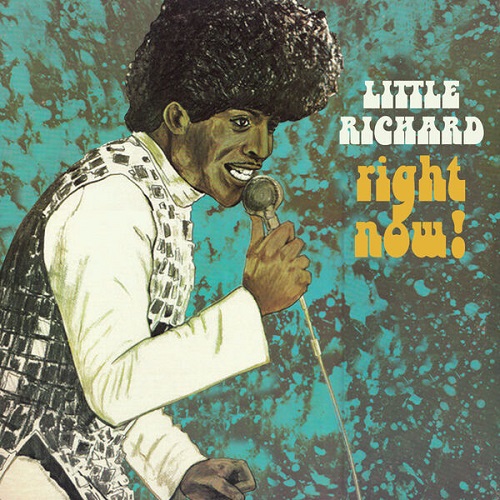
Little Richard - Right Now! (Remastered) (2025) 1973
Исполнитель: Little Richard Альбом: Right Now! (Remastered) Жанр: Rock & Roll, Rhythm & Blues Год: (2025) 1973 Страна: USA Лейбл: Good Time Records Формат: FLAC (tracks) Official DR value: DR10 Разрядность: 24bit / 96kHz Stereo Размер: 739 MB Инфо: wiki Залито на: XFile (3% восстановление) «Exclusive for Lossless-Galaxy» Newly restored and remastered! Right Now! is a studio album by Little Richard, released in 1974. It was released without much publicity on the United Records label.
03 10, 2025
Michael Schenker Group - Don't Sell Your Soul 2025
Исполнитель: Michael Schenker Group Альбом: Don't Sell Your Soul Жанр: Hard Rock, Heavy Metal Год: 2025 Страна: UK (London) Лейбл: earMUSIC Формат: FLAC (tracks) Official DR value: DR6 Разрядность: 24bit / 48kHz Stereo Размер: 577 MB Инфо: wiki Залито на: XFile (3% восстановление) «Exclusive for Lossless-Galaxy» "Don't Sell Your Soul" is the second part of a trilogy that was recorded in one piece. The first album "My Years with UFO" was followed by a sold-out tour and
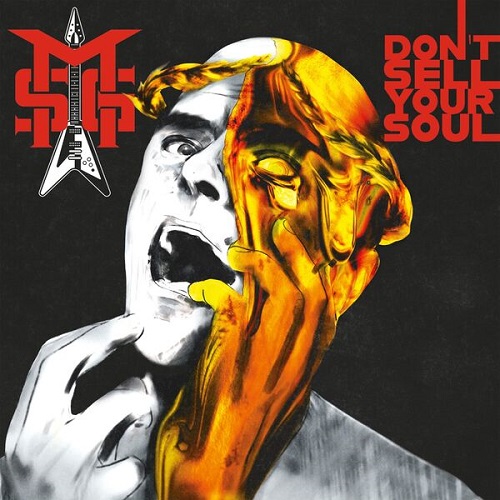
Michael Schenker Group - Don't Sell Your Soul 2025
Исполнитель: Michael Schenker Group Альбом: Don't Sell Your Soul Жанр: Hard Rock, Heavy Metal Год: 2025 Страна: UK (London) Лейбл: earMUSIC Формат: FLAC (tracks) Official DR value: DR6 Разрядность: 24bit / 48kHz Stereo Размер: 577 MB Инфо: wiki Залито на: XFile (3% восстановление) «Exclusive for Lossless-Galaxy» "Don't Sell Your Soul" is the second part of a trilogy that was recorded in one piece. The first album "My Years with UFO" was followed by a sold-out tour and
03 10, 2025
Жанры
Lossless Galaxy Release
Русская музыка
--Поп
--Рок
--Панк
--Альтернатива
--Металл
--Рэп, Хип-Хоп, R'n'B
--Джаз и Блюз
--Фолк
--Шансон, Авторская песня
--СССР
Зарубежная музыка
--Pop
--Rock
--Hard Rock
--Progressive & Art-Rock
--Pop-Rock & Soft Rock
--Instrumental Rock
--Heavy, Traditional, Industrial Metal
--Power, Gothic, Sympho Metal
--Thrash, Speed, Groove, Modern Metal
--Death, Melodic Death, Doom, Dark Metal
--Black, Pagan, Folk, Viking Metal
--Alternative
--Punk
--Disco, Eurodance
--Rap, Hip Hop, R'n'B
--Reggae, Ska, Dub
--Jazz, Blues, Soul
--Folk, Country, Ethnic
--Electronic, Ambient, New Wave
--House, Techno, Trance
Другие жанры
--New Age, Relax, Meditative & Flamenco
--Chillout, Lounge, Downtempo, Trip-Hop
--Drum & Bass, Jungle, Breakbeat, IDM
--Classical / Классическая музыка
--Soundtrack
--Музыкальные сказки
Vinyl Rip
HI-Res / DVD-Audio / DTS
--SACD
--DSD
--DVD-Audio
Сборники Lossless-Galaxy
Альбомы 2022
Альбомы 2023
Альбомы 2024
Теги
1st Press 2022 2023 2024 2025 70... AOR Black Metal Blues Blues Rock Bootleg Series Classic Rock Death Metal Discography Exclusive for Lossless-Galaxy Folk Rock Fusion Hard Rock Heavy Metal Hi-Res Japanese Edition Jazz Jazz Rock lossless Melodic Death Metal Melodic Rock Modern Electric Blues Pop Pop Rock Power Metal Prog Rock Progressive Metal Progressive Rock Psych Rock Psychedelic Rock Rock SACD Symphonic Metal Thrash Metal Дискографии от KoGGaN
Архивы
Опрос
В каком формате хотели бы видеть релизы на сайте ?
 Автор: LeddZepp, 22 ноября 2023, Комментариев: 0, Просмотров: 372
Автор: LeddZepp, 22 ноября 2023, Комментариев: 0, Просмотров: 372The Albion Dance Band - The Prospect Before Us (1977)
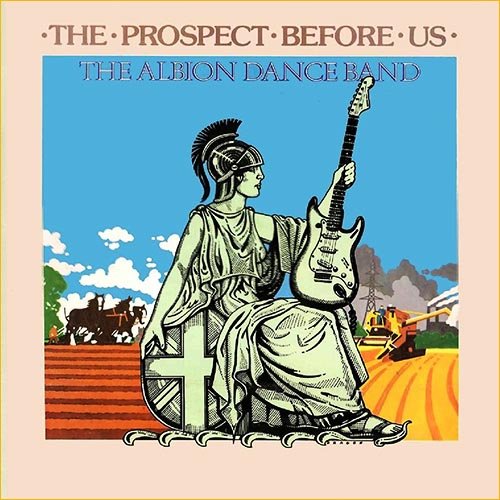
Year: February 1977 (CD 2000)
Label: BGO Records (UK), BGOCD486
Style: British Folk Rock
Country: England
Time: 48:14
Format: Flac Tracks 16/44,1 kHz
Size: 268 Mb
Albion Country Band - именно так изначально именовалась британская electric folk группа The Albion Band. Эту формацию обычно относят к наиболее значительным представителям жанра folk на территории Англии. Группа была собрана в апреле 1971 года Эшли Хатчингсом (Ashley Hutchings) сыгравшим значительную роль в становлении Fairport Convention и Steeleye Span. Но на тот момент Albion Country Band являлись лишь аккомпанирующим коллективом его супруги Ширли Коллинз (Shirley Collins) для ее сольника No Roses. Ключевыми фигурами того состава были: Дэйв Мэттэкс (Dave Mattacks), Ричард Томпсон (Richard Thompson) и Саймон Найкол (Simon Nicol) из Fairport Convention, Лэл и Майк Уотерсон (Lal & Mike Watersons) из The Watersons, а также Мэдди Прайор (Maddy Prior) из Steeleye Span. Первые два года существования группы ее состав не отличался стабильностью, что и привело к ее фактическому распаду в 1973 году. Единственный альбом Battle of the Field вышел лишь в 1976 году, другие редкие записи первых лет появились в 1998 году на пластинке BBC Sessions. С 1974 по 1976 год Хатчингс занимался новым проектом The Etchingham Steam Band со своей женой Ширли. А уже в 1977 году Albion Country Band были реанимированы под вывеской The Albion Dance Band для исполнения народной танцевальной музыки. Список участников проекта достиг двух десятков человек. Необходимо отметить таких участников как: Саймон Найкол и Грэм Тэйлор (Graeme Taylor) из группы Gryphon, один из лучших folk-вокалистов Джон Тэмс (John Tams), а также скрипач Рич Сэндерс (Ric Sanders). Результаты их сотрудничества выражены в альбоме того же года The Prospect Before Us. В 1978 году группа сократила название до привычного The Albion Band и записала альбом Rise Up Like the Sun, оказавшимся вершиной творческого пути коллектива.
(ok.ru/rarites/topic/66068924839278)
01. Uncle Bernard's , Jenny Lind (03:46)
02. The Hunt Is Up (01:54)
03. Varsovinna (02:51)
04. Masque (01:02)
05. Huntsman's Chorus (04:32)
06. Minuet (02:11)
07. Wassail Song (02:37)
08. Picking Of Sticks , The Old Mole (03:16)
09. Merry Sherwood Rangers (03:24)
10. La Sexte Estampie Real (01:57)
11. I Wish I Was Single Again (03:43)
12. The Whim (03:32)
13. Hopping Down In Kent (02:47)
14. Horse's Brawl (03:47)
15. On Christmas Night All Christians Sing (03:43)
16. Merry Sherwood Rangers (03:07)


При желании можно посмотреть все мои публикации на сайте. Приятного прослушивания. Жмём и смотрим (Click to see all of my posts)!
Внимание! У Вас нет прав для просмотра скрытого текста.
Похожие новости:
Комментарии отсутствуют
Добавить комментарий!
Информация
Посетители, находящиеся в группе Гости, не могут оставлять комментарии к данной публикации.

![Shirley Collins & Albion Country Band - No Roses [Reissue] (2005)](/uploads/posts/2012-06/thumbs/1340638730_4shirley-collins-the-albion-country-band-no-roses-2005.jpg)

